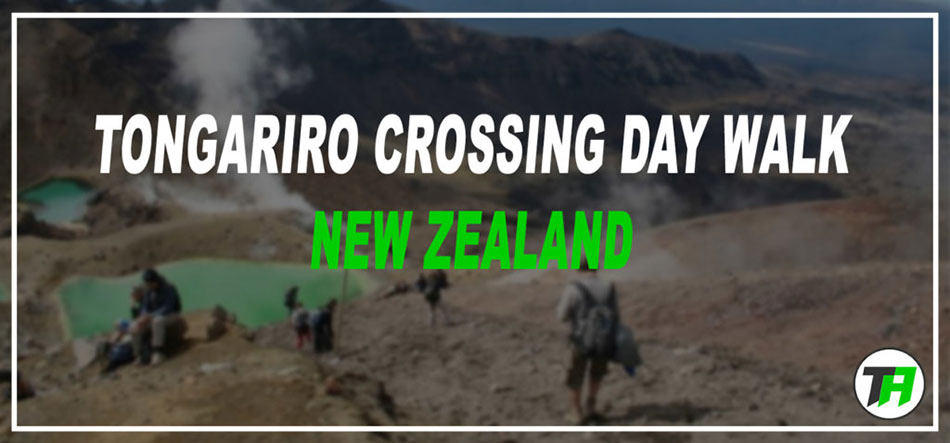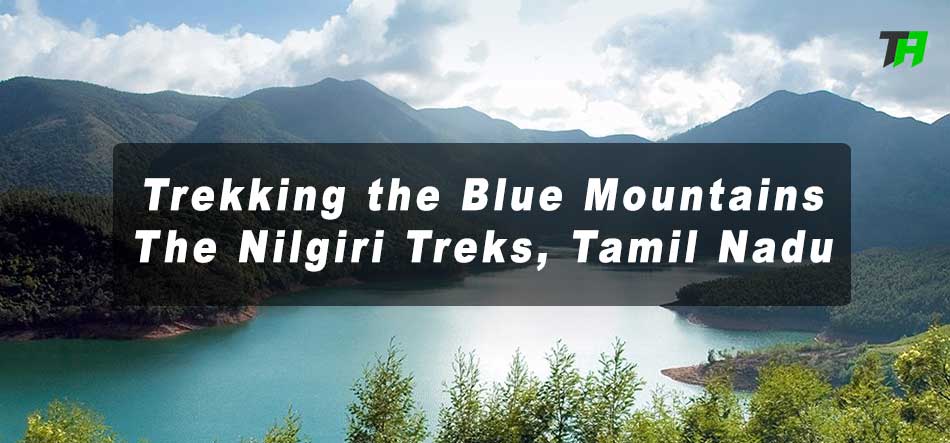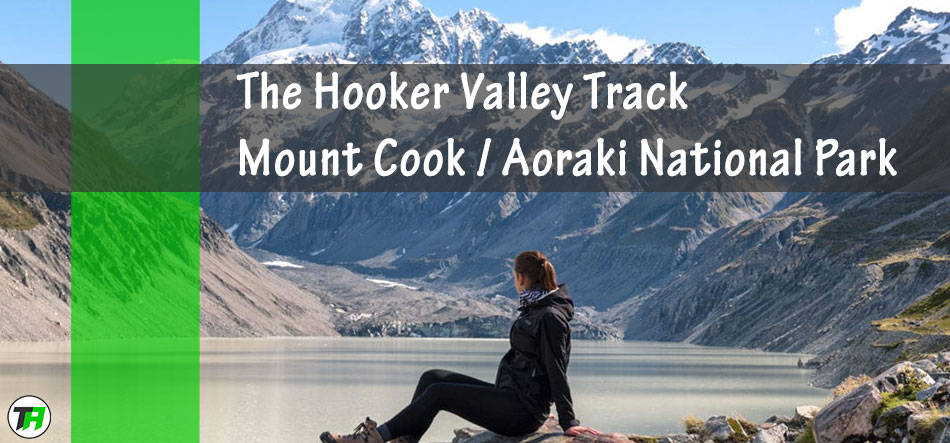
Tongariro Crossing Day Walk – New Zealand
Tongariro Crossing Day Walk – Regarded as New Zealand’s greatest day walk, is a challenging journey across an absolutely fantastic volcanic landscape. Steam vents, an active crater, lava, and emerald coloured lakes, all are highlights of an unforgettable walking journey.
How to get there
Regarded as one of the best treks in New Zealand, Tongariro begins at Mangatepopo Valley near Whakapapa. The tracks have a stream and the edges of the old lava flow towards the valley head. You can look at the varying patches of vegetation and make a guess about the age of the surrounding lava rocks.
Tongariro Alpine Crossing can be walked in either of the two directions –
- Soda Spring: It is a 15 minutes side trip from the head of Mangatepopo Valley; there you will find an oasis surrounded by yellow buttercups and white foxgloves.
- Ketetahi to Mangatepopo: This trail allows an extra hour to walk the track in reverse.
Note: The Department of Conservation recommends that the trekkers assess the track through shuttle from Whakapapa National Park Village or Ohakune.
What all you need to know
- The weather conditions changes in this area rapidly, so you need to ensure you are properly prepared for this trek.
- During the winter days, the track is covered with snow and ice, therefore strongly recommended that you take a qualified operator or a guide along with you.
Overview of the Trek
Area to be covered – 19.4kms Trekking time – 7-8 hrs
Seasonal Restrictions
- During the summer till April 30th, a four hour time restriction is in the place at the Mangatepopo Road end. For that, you will need to use one of the shuttle services if you are doing a full hike.
- During the winters, Additional hazards can occur – Avalanche risk, sub-zero temperature, snow, and ice.
- Dogs are not allowed
Detailed Notion of the Trek
This challenging trip starts at a height of 1120 m. At this height, you will have to climb Mangatepopo Valley to saddle between Mount Tongariro and Mount Ngauruhoe, through South Crater before climbing again to Red Crater, the highest point of the crossing – 1886m.
Then you will descend on a volcanic rock scree track to the vivid Emerald Lakes, called as the Ngarotopounamu Lake. After crossing the TeWai-whakaata-o-te-Rangihiroa – the Blue Lake, the track sidles around the northern slope of Tongariro, while descending in a zigzag track past the
Ketetahi Shelter and down to the road end at 760 m.
Winter Conditions
You need to prepare yourself correctly when heading towards Tongariro alpine crossing, during winters. Special skills and guidance will be part of your preparation agendas. And an ice axe and crampons are essential, at the time of winter trekking.
Nearest Towns
- Whakapapa – 10.4 km
- National Park – 13.5 km
- Turangi – 36.7 km
- Raetihi – 47.6 km
- Ohakune – 48 km
- Taumaranui – 61.5 km
- Taupo – 86.5 km
Back from the Tongariro Crossing
Tongariro Crossing is a one-way trek, so you will need some sort of transport to either pick you up at the end of the trek or take you back to your car. Do not fret! There are services to do just that.
If you have parked your car at one point and picking up is need from the other end, you can book a shuttle service to take you back to your starting point.
For the ones, who prefer to be picked up and dropped off at their accommodation, there are a several Tongariro Alpine Crossing shuttle services operating from Turangi, National park Village, Taupo, Whakapapa Village, and Ohakune.
And if you are staying somewhere in between, either book a shuttle, or you can book them through your hostel facilities. Your hostel will also provide you with updates on the weather conditions to see if it is safe to the Crossing.
Tongariro Crossing Checklist – Things you need to take along
- Food- Pack some lunch and snacks to keep you going
- Water – take along 1.5 to 3 litres. Consider taking 3 litres if you are going for the summits or two side trekking.
- Waterproof Coats- this will not only protect you from the rain but also will keep you warm from the cold breeze
- Layers – Take along thermals, over trousers, and walking pants.
- Trekking shoes
- Sunscreen
- Hats in Summers
- Beanie in Winters
- Map and cell phone
During the winters, take with you the crampons and an ice axe, for a safer trekking experience.


